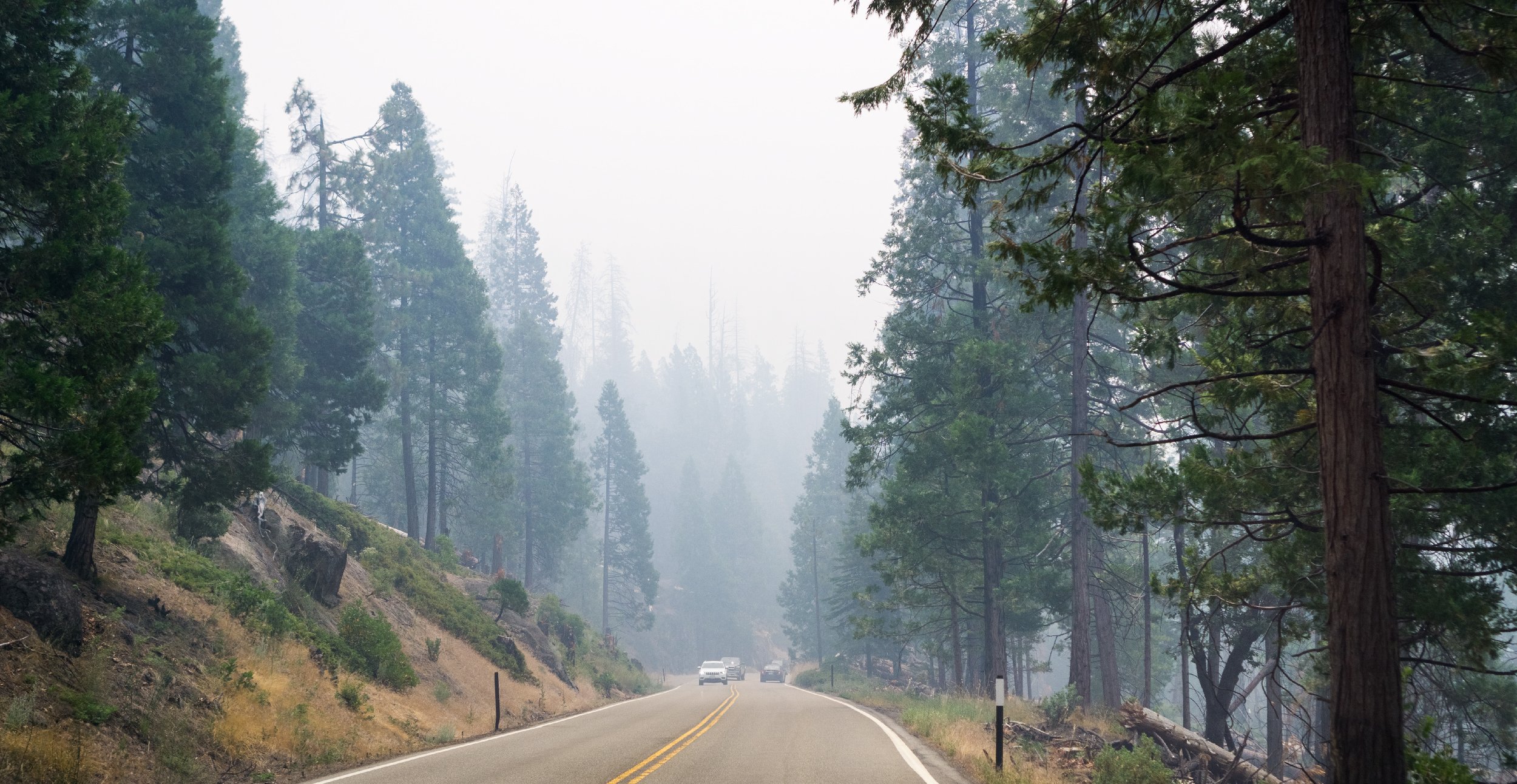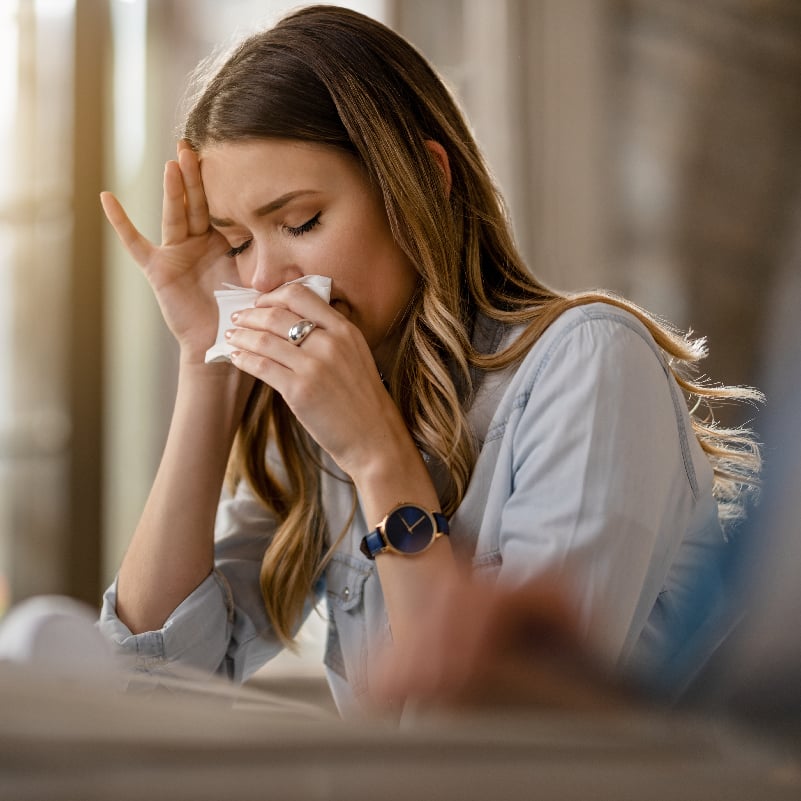Key Takeaways
- If the AQI number is over 100, there are more health concerns for the people living nearby.
- People with asthma, heart disease, and COPD are at a higher risk of health issues with higher AQI numbers.
- To avoid breathing issues, keep doors and windows closed, recirculate air inside the house, and avoid working outdoors.
Hazy skies and the faint smell of smoke are becoming more common across New York due to wildfires burning in northern Canada. While the unusual skies are eye-catching, the real concern is declining air quality—prompting health advisories and breathing issues for vulnerable populations.
The New York State Department of Environmental Conservation issues air quality health advisories when pollution levels—specifically ozone or fine particulate matter (PM2.5)—are high enough to impact respiratory health.
Shahzad Mustafa, MD, head of Allergy, Immunology and Rheumatology for Rochester Regional Health, explains who is most affected by poor air quality and how to keep your body healthy.
Measuring air quality
Advisories are issued when the air quality reaches an Air Quality Index (AQI) value of 100 or greater. The AQI is a scale meteorologists use for air quality health advisories.
AQI levels measures the amount of fine particulate matter (PM) in the air, a measurement of tiny solid particles or liquid droplets in the air that are 2.5 microns or less in diameter. PM2.5 comes from many different types of particles, including but not limited to:
- vehicle exhaust
- power plants
- wildfires
- atmospheric chemical reactions
The higher the AQI number for a given location, the greater the health concern for the people living there.
Recent studies at Stanford University suggest communities exposed to wildfire smoke resulting in an AQI of 150 for several days experience the same effects as smoking about 7 cigarettes a day, if they are outside for 8 hours at a time.
Symptoms & risk factors of wildfire smoke
People who are exposed to higher levels of fine particulate matter might experience short-term side effects including:
- coughing
- irritation to the eyes, nose, and throat
- runny nose
- shortness of breath
- sneezing
“For most people who are outside for a short period of time, the effect is similar to how a person may feel when around tobacco smoke for a short period of time,” Dr. Mustafa said. “It can be irritating and might affect how you breathe. Being mindful of how it is affecting your health is helpful; the effects should be relatively short lived.”
Who is most at risk for wildfire smoke?
Certain groups are more vulnerable to the health effects of poor air quality, particularly when it comes to fine particulate matter (PM2.5). These particles can travel deep into the lungs and even enter the bloodstream, causing a range of respiratory and cardiovascular symptoms. Those most at risk are:
-
Children
Developing lungs and higher air intake per body weight make children more susceptible. They also spend more time outdoors and may not recognize or verbalize symptoms. -
Pregnant individuals
Exposure to air pollution during pregnancy is linked to increased risk of low birth weight, premature birth, and developmental issues in the fetus. -
Older adults
Age-related declines in lung and heart function, combined with pre-existing conditions, increase sensitivity to air pollution. -
People with respiratory conditions
Those with asthma, chronic bronchitis, or COPD may experience worsened symptoms, including difficulty breathing, wheezing, or the need for additional medication. -
People with cardiovascular disease
PM2.5 can enter the bloodstream, increasing the risk of heart attacks, arrhythmias, and strokes. -
Outdoor workers and athletes
Prolonged exposure due to time spent outside (e.g., construction workers, landscapers, endurance athletes) increases overall risk.
Preventing wildfire smoke breathing issues
There are several simple things people can do to avoid making existing health conditions worse.
The American Lung Association suggests people should stay indoors as much as possible and ensure air filters and air conditioners are able to recirculate the air within the house. This will help to prevent any contaminated outdoor air from making its way inside.
People who exercise should avoid working out outdoors, especially if the smell of smoke irritates their eyes or throat.
Keeping car windows and vents closed while driving also lessens the effects of the outdoor air on individuals in any vehicle. Turn on the recirculating air feature in the vehicle to keep that poor quality air out, too.
“In New York, we are not impacted by this type of air quality issue often, unlike more metropolitan areas like Los Angeles,” Dr. Mustafa said. “The degree of impact it has will be modest for most individuals. There is no reason to panic.”










